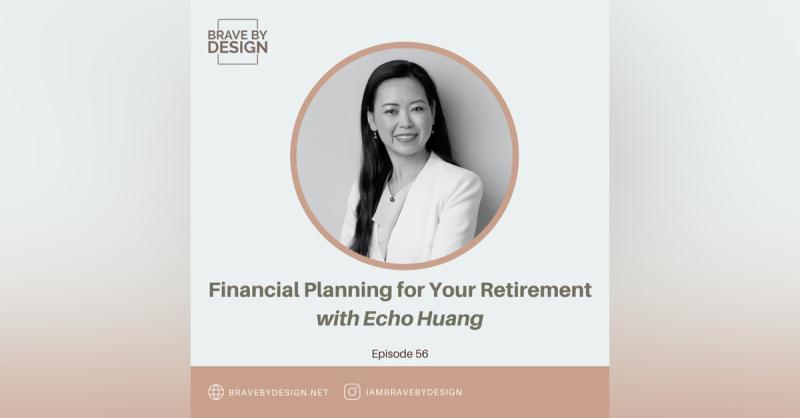Examining Your Personal Assets, But How?
Remember how simple things were when you were a kid? Life was good. Everything you owned could fit into a box. All your worldly possessions were in one safe place, which made you feel secure. Then, as time passed, you collected more things and more boxes, and life became less simple. Like many people, you may have suddenly noticed that life had gotten more and more complicated, and you’d arrived at a point in time where you didn’t know where everything was or what everything was worth. Then you noticed that acquiring assets and new accounts has led to a complex account management and tax treatment. You knew you needed to get involved in wealth management, but it sounded so complicated, you didn’t know where to start.
The bottom line is this: if you have accumulated substantial assets, you need a wealth management service, and the more assets you acquire, the more complicated management becomes. Life circumstances and career advances change wealth management needs.
Don’t despair! Yes, WEALTH MANAGEMENT CAN BE COMPLICATED (BUT DOESN’T HAVE TO BE)!
I want to demystify the idea of wealth management so that you can better understand how to do this yourself or how to talk to a wealth manager should you opt to engage a professional advisor/planner. The first step to demystifying wealth management is understanding some of the common problems we have with our finances.
FOUR COMMON PROBLEMS
The most common issue I encounter when people come to me for help is that they have never organized their assets in such a way that they can answer the question “What is your net worth?” Without knowing their net worth, they can’t achieve their goals, particularly retirement goals. Many people don’t know where they are right now or what they need to get to where they want to go.
A second issue is emotional investing. Individual investors in particular are more likely to make quick and emotional decisions. They often make the wrong decisions during market downturns. They panic when the market drops and sell, which means they sell low, then sit the market out and wait until it takes an upturn to get back in, which means they are buying high.
The third mistake many people make is too infrequently reviewing their insurance needs and coverage, particularly long-term disability insurance.
An executive with earning power or someone who earns $600,000 a year, for example, and has a stay-at-home spouse and three children in private school, will have a financial plan that relies on their ability to earn income. If they become disabled, their plan won’t work.
Many people, those in their 40s in particular, fail to take the time or develop the expertise (or consult an expert as part of a team) to correctly analyze their insurance needs. As a result, they tend to underinsure in terms of disability insurance. Some breadwinners don’t have enough life insurance coverage to replace their earned income if they die before retirement.
Another common issue I encounter is that of people who, over the years, accumulate accounts in different places end up with fifteen or more statements coming in every month. Not only does this incur a lot of fees, it makes determining net worth even more complicated. It is almost impossible to monitor asset allocation closely to execute investment strategies timely.
Meet Violet and see if you can relate to her.
Violet is a 50-year-old VP of marketing at a large, publicly-traded company. She came just after she lost her job with an idea to begin consulting rather than seeking new employment. She needed to know if she could afford to make this decision based on her accumulated assets. She had a highly concentrated position in her former employer’s stock, a 401(k) plan with the company, and investments in fifteen mutual funds that she had opened directly with different fund companies. She also had two 401(k) accounts from old employers with balances that were never transferred.
Since her mutual funds were not held by one custodian/brokerage firm, they could not be easily monitored. As a result, she got quarterly statements from each company, so struggled to know her net worth. She was also paying a lot in fees and expenses. She had a tax accountant who did her tax returns, but he was not working with her financial advisor. She had no trusted advisor monitoring all her investments and their performance in terms of risk and reward. There was no one to tell her how or where to adjust. Her portfolio was scattered due to the piecemeal advice she had received over the years.
Violet’s situation is not uncommon. Many people get into this position by starting out in her career with very little money and an investment only in a 401(k). As their career advances, they get promoted and have more money to invest but don’t have the time or interest to do it with any sort of educated or informed decisions or meticulous planning. They don’t know their net worth and haven’t done a financial plan to determine whether their current retirement savings are enough to retire at a given age.
The loss of her corporate job was a major transition in Violet’s life. She was at a critical decision point. She had a goal but didn’t have the information, knowledge, and expertise she needed to make an informed decision. She needed expert help to do this planning.
Violet had a clear trigger point. Others simply come to see us because they have gotten to a point where they are tired of the financial chaos caused by a badly managed or haphazard portfolio and realize they desperately need a financial plan.
Let me help YOU get started on YOUR own wealth management plan and get rid of the financial chaos in your life.
Can you answer these questions:
· Do you know your net worth?
· Are you an emotional investor?
· Have you reviewed your insurance needs and coverage recently?
· Do you know where your money is located and how many accounts you have?
I hope you are beginning to understand why you should start your wealth management plan. Remember, if you have accumulated substantial assets and managing investments is not your expertise, you need a wealth management service. It is a step by step process which I am walking you through. Today, we looked at some common problems faced in our finances. Next time we will get started on understanding YOUR financial reality. I look forward to seeing you as we discuss a discovery meeting.













